One of my favourite genres of comic collecting is the Atlas/Marvel pre-super-hero monster books from the 1950’s and early 1960’s. They featured a lot of Jack Kirby and Steve Ditko artwork. The stories were simple, fun, and entertaining. The litany of ridiculous monster’s names featured in these books became part of the lore and fun in collecting these issues.
The downside to this collecting strain is that it is infested with many books with unwarranted increased value in Overstreet called “prototype” issues. These are books that are singled out for having some sort of pre-existing connection to a character later developed in the Marvel superhero universe.
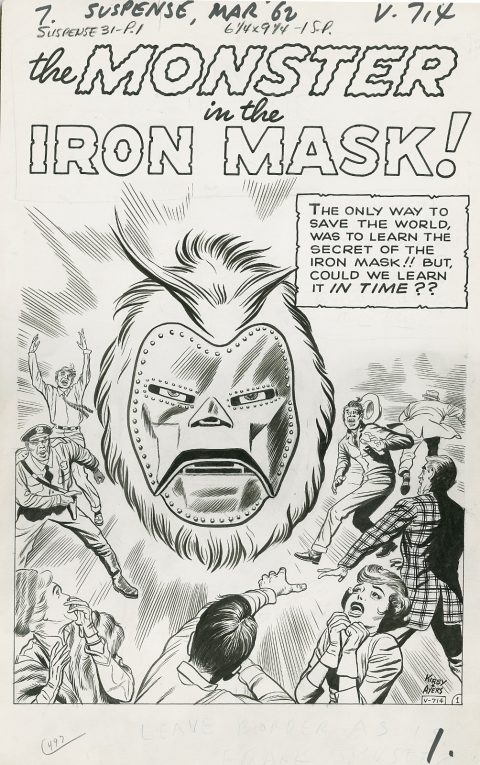
Before we get too deep here let’s take a look back in time to the progression of prototype issues in the Overstreet Price guide itself. Prototype issues started showing up in the guide in the early 80’s. There was a growing acceptance of the Overstreet Price guide by the collecting community, and many people were contributing with suggestions for the book. First appearances were the rage back then and dealers/collectors were pointing out many older books (pre-hero) that they felt had a significant connection to current Marvel characters. Some examples would be Metallo (Iron Man) in Tales of Suspense #16, and Elektro (Electro/Spider-Man)) in Tales of Suspense #13. More and more of these examples surfaced and demand for these prototypes increased. The last time I ran through the guide there were over forty of these types of books listed.
The problem I have with all of these books is that none of them are “prototypes” in the conventional sense at all. A prototype is usually connected directly to a finished product. Many if not all of these issues are not. Let’s look at a few examples.
The Stone Men
The Stone Men of Saturn were featured famously on the cover of Journey Into Mystery #83 (1st appearance of Thor). There at least four prototype issues listed for the Stone Men. Tales to Astonish #5, 6, 16, and Tales of Suspense #28. Although not listed I thought the cover borrowed a lot from Tales to Astonish #29. I believe this is all Kirby work. How do you pick what work influenced him when he made the Stone Men? Did he tell anyone? In these days of everything having to be quantified in triplicate, signatures, grades, to establish value – how do you authenticate what is a prototype?
Doctor Strange
There are at least three Doctor Strange prototypes I could find. Tales of Suspense #32, Strange Tales #79, Journey Into Mystery #78. I think these characters were more likely to have influenced the villain Doctor Strange, first seen with Iron Man in Tales of Suspense #41. The hero Doctor Strange appeared three months later – who knows?
Ant-Man
There are three other Ant-Man prototype books listed all in Strange tales #73, 78, and 92. Ironically issue #92 comes out in January 1962, the same month as Tales to Astonish #27 the first appearance of Ant-Man. Hard to be a prototype book for a character that has already been created.
Doctor Doom
Only one book. Tales of Suspense #31 published the same month as Fantastic Four #5, as also noticed by CBD super commenter Chris Meli. Although we will never officially know which book came first I would hazard a guess that if Jack Kirby was working on his new bread and butter book (The Fantastic Four) and creating a new badass villain that Doctor Doom would have come first. I will also guess that Jack Kirby’s inspiration for the character’s mask came from author Alexandre Dumas and the Three Musketeers/The Man in the Iron Mask fame… Or maybe it came from Tim Holt #32.
I think not. I do believe Kid Colt’s Iron Mask did when this title and all its characters went into public domain. Marvel lifted the western Ghost Rider from there as well. Back to prototypes.
As you can see some of the prototype books were becoming a little silly. Here are a couple more.
Mr. Hyde in Journey in to Mystery #79. I’ll give Robert Louis Stevenson the credit for that one.
The Human Torch in Strange Tales #76. You’re kidding right. I’ll go out on a limb and say inspiration for that character came from Professor Horton and Marvel Comics #1.
If you were fast as the speed of light – you were a Quicksilver prototype (definitely not a Flash). If you were an alien with an oversized head – a Watcher prototype and on and on. No connection what so ever to the actual characters established later.
Anybody have prototype issues they feel strongly about? Any from a different era or publisher I would love to hear them.
I have only sent one submission to Overstreet in my life many, many years ago and it must have got shot down. Showcase #6 1st appearance of the Challengers of the Unknown for Fantastic Four #1 😊.
Of course, I don’t expect any changes from Overstreet Price guide on these prototype issues, just a warning to fans not to go overboard paying the over-hyped prices asked for some of these books, unless of course you really, really, want it 😊.
No values listed today but pretty much every prototype singled out in the guide is a priced at a premium to a non-prototype run book.

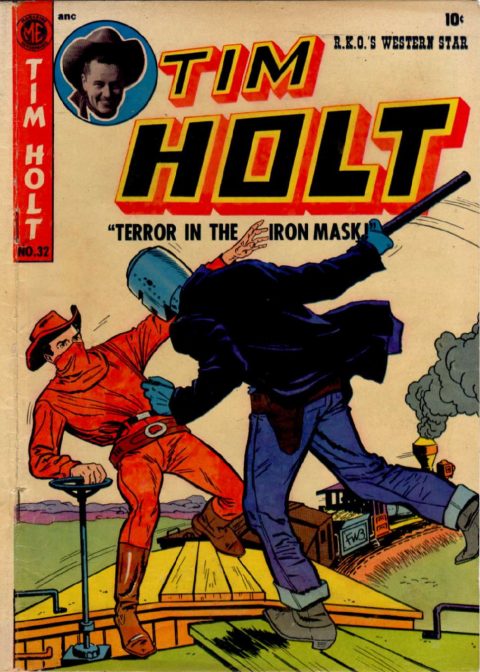
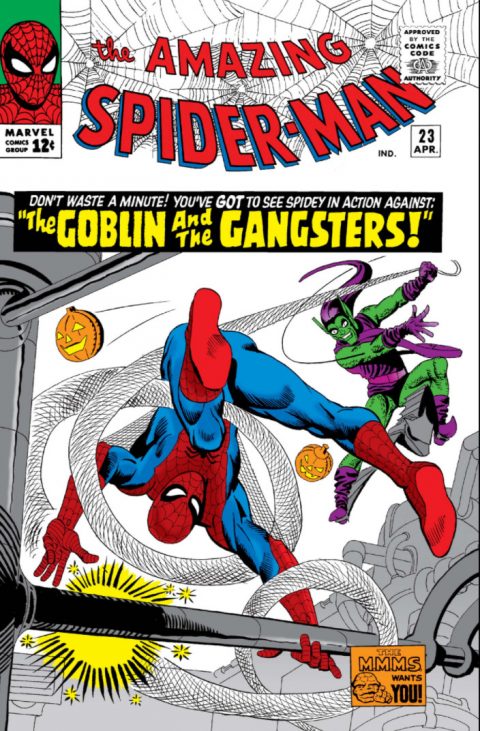
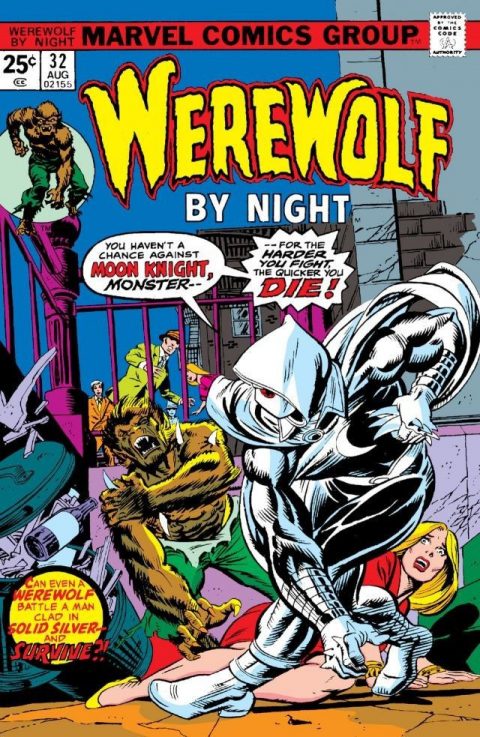
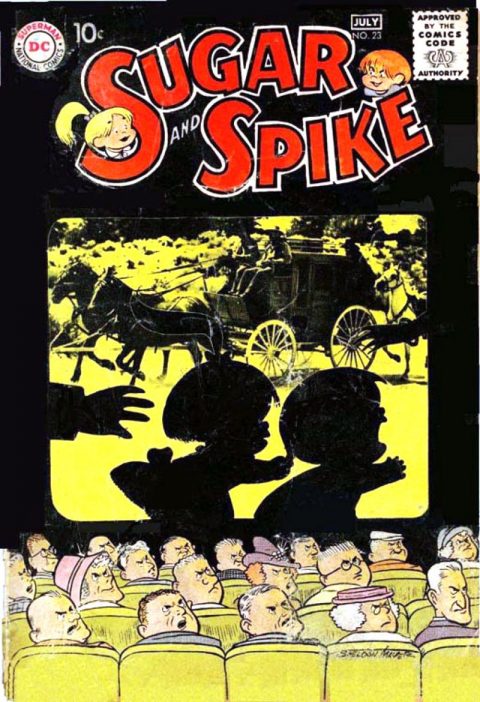
Mike, thanks for the appellation. I like to think my prototype as super (nerd) commenter is Spencer Shay as Aruthor.
Similarly I will cast you as my Aspartamay, and offer some opposition to your seemingly oversensitivity to “prototype issues”.
I won’t contest that nearly all of these aren’t literal prototypes. I think the term is used more conceptually than it would be in manufacturing, so only an indirect connection to the finished product is necessary. (And of course in comics there is no “finished” product – Dr. Doom in FF #5 is clearly an early prototype for his current incarnation(s).)
Viewed this way, I think it is fair to ascribe some meaning to most of the books that you mention, as they were products of the same creative team that later (or simultaneously) created iconic characters that bore some similarity. While there might have been no goal in sight when these books were published, there was a thought pattern evident. I think your point about Tim Holt vs. Kid Colt (that rhymes!) is perfect for illustrating the difference – Tim Holt’s “Iron Mask” is not the same level of Doom “prototype” as Kid Colt’s “Iron Mask”, (and certainly not the quality of prototype as ToS #31’s “Iron Mask”, which I strongly suggest everybody go out and purchase at whatever price), because there is no connection through the writer/illustrator. I don’t think it is a stretch to say that these other books indicated that Lee and Kirby thought men in iron masks were very cool (I’m not going to delve into that one…), and Doom was the final realization of their interest.
Two related points:
– I think this “prototype” idea is strongly linked to the Lee/Kirby and Lee/Ditko teams. This is because these teams were so crucial to the state of Comic Culture (a plug for Walt) today. Clearly comics as well as art in general involves borrowing/stealing and revising earlier concepts, so there are countless “prototypes” throughout comics (e.g. your Tim Holt example). The emphasis here is on the thought evolution of central creators, and its impact on their key creations.
– These “prototype” books are very closely related to “tryout” books, which I think most people view as legitimately deserving recognition, and therefore also command higher prices. We know that Lee/Kirby certainly followed the tradition of these “tryouts”, and followed up if the tryout proved popular (e.g. Strange Tales #114). I think it makes sense to view these “prototype” books similarly.
Given these thoughts, I don’t think it is silly to cite the iconic Dragoom of Strange Tales #76 as a Human Torch “prototype”. The argument is that this story indicates that Lee and Kirby were again thinking about a humanoid fire creature, and it is likely that this fed into the choices behind FF #1.
Finally I have to question your “warning to fans”. I don’t think that these books are “over-hyped” – it’s just that some folks have observed a connection that Overstreet and CGC have decided to include in their comments. To me, “over-hyped” means an argument like “get this, it is going to be worth a lot more soon!” In the case of these “prototype” issues, the incremental value judgment seems to have arisen organically from the market. Just as for the “tryout” books, the illustrated continuity of thought is meaningful, resulting in relatively higher value for these books.
This is a very interesting topic. I’ve got a couple of prototype issues myself but I have to say, from personal experience, no one ever asks about my copies at the shows. I just assume this is Overstreet, or the greater comic market trying to add value to otherwise common books.
Mike, we bought a couple of Kayaks recently. We can’t wait till the weather warms up so we can drive back up to Algonquin. We love it up there ^_^
Thanks for commenting guys,
Chris, I always like your well thought out ideas and how you articulate them. I do however think in this case you are overstating the merits of these prototypes and how much thought was going in to them in terms of future use. Atlas comics were on the brink of going under in the late 50’s. They were publishing 8 books per month, down from about 70 when they lost their means of distribution. The only thing the few remaining artists at Atlas were concerned about was there next paycheck. There appeared to be no future for the company.
Now both Jack Kirby and Steve Ditko were free-lance artists, often working for DC or Charlton, and Atlas at the same time. I have no doubt that what was in their head traveled freely between the different companies that employed them and sometimes showed up in the work.,An example of this would be to look at Jack Kirby’s cover work on House of Mystery #85, Tales to Astonish #5 & #16. The House of Mystery #85 work came in 1959 and clearly influenced the latter two works. Does that make House of Mystery #85 a Stone Men prototype issue too?
Strange Tales #114 is no doubt a terrific try-out book. Stan Lee was clearly testing the waters to see how receptive fandom would be to a return of Captain America. Avengers #4 was the answer.
I got off track a bit with Tim Holt #32. I see that book as the source of the Iron Mask character who first appeared in Kid Colt #110. I don’t really see it as a prototype, more of a “borrowing” of a defunct character by Marvel from long gone Magazine Enterprises. Overstreet calls Iron Mask an “Iron Man type villain” in the guide. Where the hell do they get that from ??
I see the demand for prototypes as a somewhat orchestrated move by interested parties. The demand started in Overstreet. There are some “prototypes” that have built a following and demand. Tales of Suspense #31 is one of them. I own and like the book, but would never pay a premium for it. I buy these Atlas beauties in lower grades (7.0 and under) so that probably will help me from going broke :).
Charile, good to hear from you (will be in touch soon). Probably over two feet of ice in Algonquin right now, the kayaking will have wait a bit.